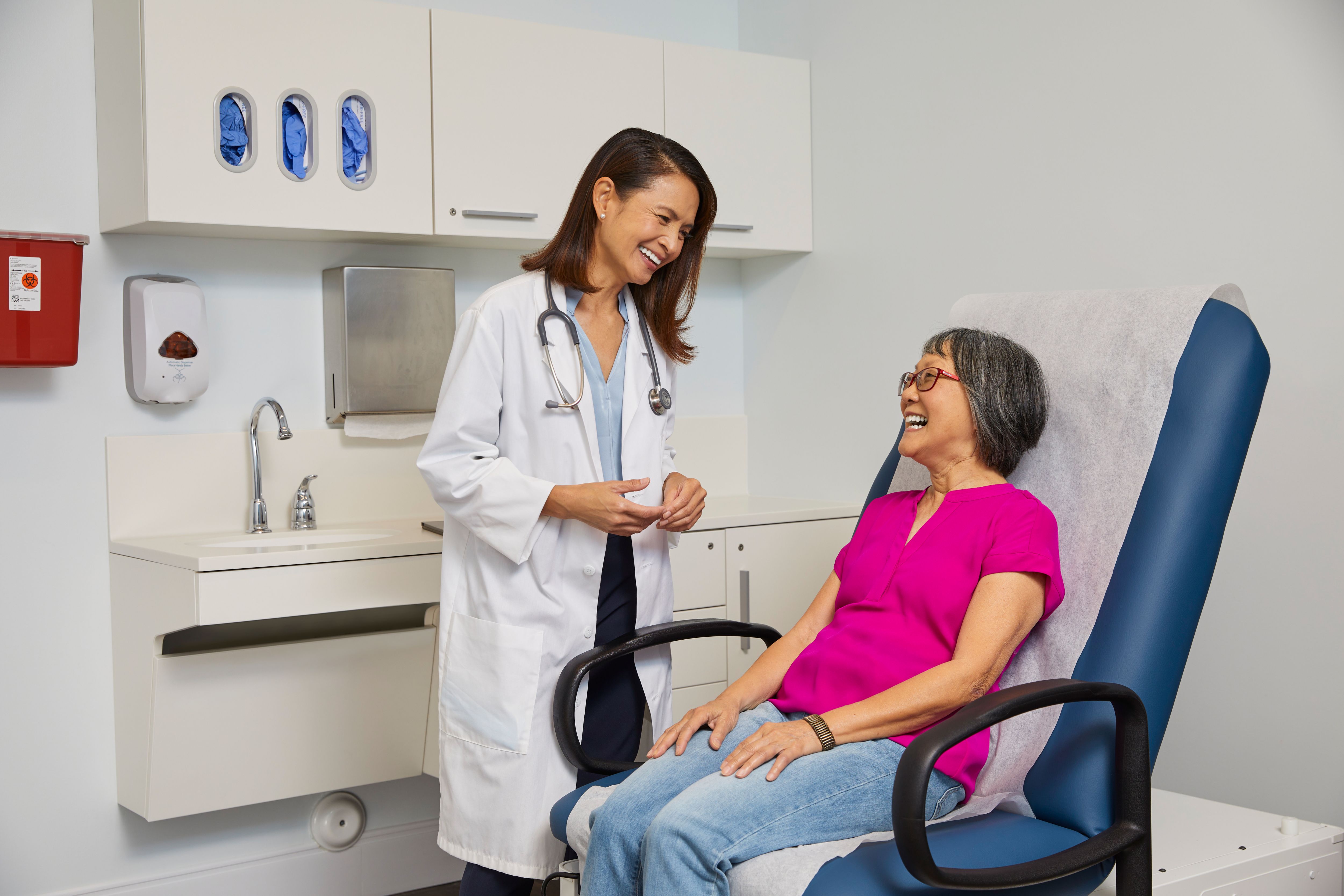We’ll help you schedule your preventive mammogram
Generally covered at a $0 copay* at an in-network provider. You can schedule with your regular doctor or let Humana’s dedicated scheduling team help.
Take control of your well-being: Schedule your mammogram today
Preventive mammograms are covered by your Humana plan at $0 copay* at an in-network provider
Sometimes there are no symptoms. Preventive mammograms may help detect problems early.
What to expect
- Schedule your exam by contacting your doctor. There is no cost at an in-network provider.
- Generally this screening is covered at a $0 copay.
- Mammograms can be uncomfortable, but the compression lasts only a few seconds.6
- Ask your imaging center how and when you can get the results of your exam.
- Discuss the results with your doctor. If you do not have a primary care physician, you can
find one here .
Sources:
- Division of Cancer Prevention and Control, Centers for Disease Control and Prevention, "What Is a Mammogram?" accessed December 5, 2022,
https://www.cdc.gov/breast-cancer/ - American Cancer Society, "Breast Cancer Facts & Figures 2019-2020", accessed December 5, 2022,
https://www.cancer.org/content/dam/cancer-org/research/cancer-facts-and-statistics/breast-cancer-facts-and-figures/breast-cancer-facts-and-figures-2019-2020.pdf - Division of Cancer Prevention and Control, Centers for Disease Control and Prevention, "What Is Breast Cancer Screening?", accessed December 5, 2022,
https://www.cdc.gov/cancer/breast/ - National Cancer Institute, "Impact of the COVID-19 Pandemic on Breast Cancer Mortality in the US: Estimates From Collaborative Simulation Modeling", accessed December 5, 2022,
https://academic.oup.com/jnci/ - American Journal of Public Health, "Family History of Cancer and Its Association With Breast Cancer Risk Perception and Repeat Mammography", accessed December 5, 2022,
https://www.ncbi.nlm.nih.gov/pmc - American Cancer Society, "Tips for Getting a Mammogram", accessed December 5, 2022,
https://www.cancer.org/cancer/breast-cancer/screening-tests-and-early-detection/mammograms/mammograms-what-to-know-before-you-go.html - Johns Hopkins Medicine, "Osteoporosis: What You Need to Know as You Age", accessed December 5, 2022,
https://www.hopkinsmedicine.org/health/conditions-and-diseases/osteoporosis
